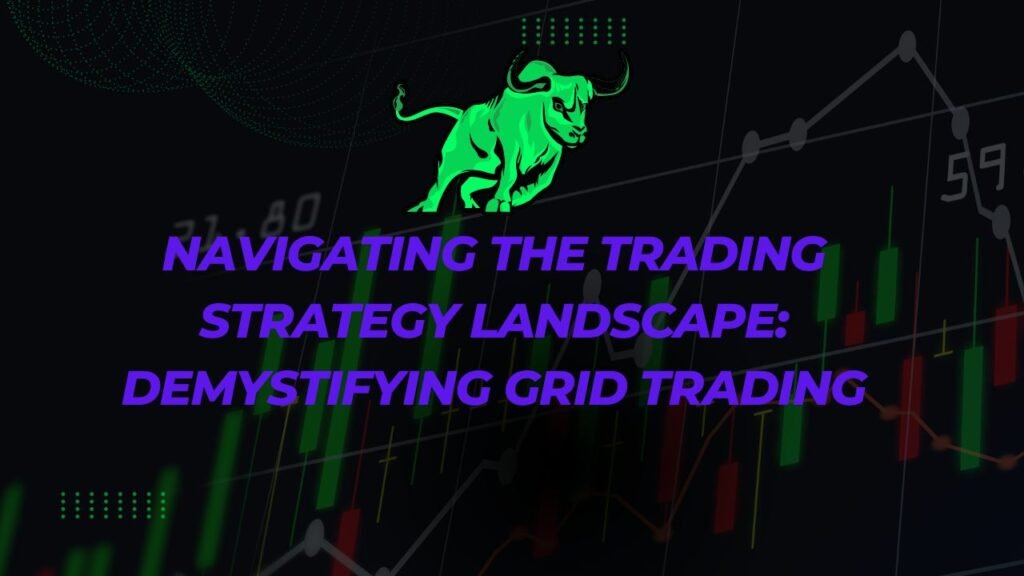
What is Grid Trading, and how can it potentially revolutionize your trading strategy? Grid trading is a unique approach that involves creating a grid of buy and sell orders to capitalize on price fluctuations. In this article, we’ll unravel the concept of grid trading, explore its practical applications, and shed light on how it operates in the dynamic world of financial markets.
Unveiling Grid Trading: A Strategic Approach to Trading
Grid trading is a trading strategy that involves placing a series of buy and sell orders at regular intervals or “grid levels” above and below the current market price. These orders aim to profit from price movements while minimizing risk.
The Strategic Significance of Grid Trading
Range-Bound Markets
Grid trading is particularly effective in range-bound markets, where prices move within a defined range.
Risk Management
Grid trading incorporates risk management by setting predetermined stop-loss levels for each order.
Real-Life Scenarios: Grid Trading in Action
Imagine a trader who notices that a particular currency pair has been trading in a range for an extended period. They decide to implement a grid trading strategy by placing buy orders at lower grid levels and sell orders at higher grid levels. As the price oscillates within the range, the trader profits from the frequent buy and sell orders.
Understanding the Mechanics of Grid Trading
Grid Levels
Grid levels are predetermined price points at which buy and sell orders are placed.
Dynamic Adjustments
Traders can adjust grid parameters based on market conditions and their risk tolerance.
Frequently Asked Questions (FAQs)
Q: Is grid trading suitable for volatile markets?
A: Grid trading can be challenging in highly volatile markets, as price swings may trigger frequent order executions.
Q: What are the potential risks of grid trading?
A: Grid trading carries risks, including the potential for accumulating losing positions if the market moves strongly in one direction.
Q: Can grid trading be automated?
A: Yes, grid trading can be automated using trading bots or algorithms to execute orders at specified grid levels.
Concluding Insights: Exploring the Possibilities of Grid Trading
In conclusion, understanding what Grid Trading entails opens doors to diverse trading strategies in the financial markets. It’s a strategy that offers unique opportunities in range-bound market conditions and can be customized to align with your risk management preferences.
Remember, successful grid trading requires careful analysis of market conditions and constant monitoring to adjust grid parameters as needed.